I got many requests to provide guide to build simple 230V to 1,3,5 Watt LED driver in response to my simple led driver diagram. So, below I'm writing an article on making of a high power LED driver circuit. The below device is able to run upto 5Watt LEDs from the LED supply line and 18Watts of 12V LED strips.
I've made the following article specially for people new to electronics so there is many small steps included which may look like verbose in view of a pro technician. Also since the following guide has many images, I request you to load the page first then start reading. To make yourself, please read this article thoroughly and ask any doubts or questions below in the comments form. Don't hesitate to contact me because any carefulness or mistake may cause a damage to the unit or cause you a lethal shock as here we're working with mains line of 100-240V and it's not safe as a battery is. If you're doing this kind of work with high voltages, you should do this under supervision of some other person who will be able to save you in case you get electrocuted.
The parts:
- A 5V-12V 1.5Amps adapter.
- A LM317 adjustable regulator IC with a small heatsink.
- Two ¼Watt resistor, 680Ohms and 390Ohms
- Two 0.1uF/25V capacitor (104) and one 100uF/25V capacitor.
- Screw terminal connector, 3rails and some wires(6" will do, get atleast 0.5mm copper wire).
The tools:
- A screwdriver, pliers, wire cutter/stripper, tweezer
- Soldering Iron, with solder
- Hot melt glue and gun
The main part of this circuit is a SMPS that is easily available in the market. This is common adapter for USB HDDs and you can get one in any computer shop. I got an used from a shop at Rs. 150 (~$3 USD).
If you can get higher rated like 2Amps one, it's better.
It's time to open the case and expose the inner PCB. This may look like the below.
Now it's time to start soldering iron. You can see +5V, GND and +12V labeling near the three wire's holes. If it's not, then power the circuit on and test with multimeter to know the voltages for the wires. Be careful if you're powering the device with PCB open.
Now, desolder the three wires from the PCB.
Now, it's time for some mathematical calculations.
A high power white LED of 1,3 or 5watt have 3.4V forward voltage and respective current of say 290mA, 880mA and 1470mA. For these Leds' power rail, we need to make 3.4V supply. We have 12V and 5V supply from the circuit board in hand. We'll use the 12V supply rail for output to 12V LED strips and the 5V to step down to 3.4V using some circuit. The 12V rail is rated for 1.5Amps so it will be able to handle a load of 18Watts of 12V LED strip.
For the 3.4V output, we''ll use a positive adjustable voltage regulator, LM317T. It's a very common regulator and easily available. We have to take a look at the datasheet for the device to calculate the values of passives for a 3.4V output. LM317 - 3-Terminal Adjustable Regulator From the datasheet we can see that the output voltage is adjusted by values of two resistors.
Here Vout=1.25(1+R2/R1)
In our case, 3.4=1.25(1+R2/R1)
or, 1+R2/R1=2.72
or, R2/R1=1.72
or, R2=1.72*R1
We choose R1=390Ohms so R2=670.8Ohms. the nearest standard value is 680Ohms. And by 680Ohms, we get,
Vout=1.25(1+R2/R1)
or, Vout=1.25(1+680/390)
or, Vout=1.25(1+1.743589743589744)
or, Vout=3.429487179487179V ~ 3.43V
We should have no problem in running LED with 3.43V so this is ok.
Here are the needed parts. This includes LM317, 2x 0.1uF caps, 100uF cap, 680R and 390R, and a small heatsink.
At 5Watts load at 3.43V it will consume 1.457725947521866Amps or 1.46Amps.
The power dissipation or heat generation at full load of 5Watt in the LM317 is calculated as follows,
PD = ((VIN - VOUT) × IL) + (VIN × IG)
~(5.00-3.43)*1.46
~2.29Watts.
For this low heat, the small heatsink is enough.
Now, find a space in the PCB to place the LM317+heatsink. Find a space where there is small space left at upside so that you can solder wires. Bend the pins and cut the extra legs.
Now, add a paper sticker or tape to the area below the selected place for the IC+heatsink. This will ensure there will be no shorts due to the heatsink.
Now secure the IC+heatsink in place using hot melt glue. Also place the 100uF capacitor in the space next to it.
Now connect the parts as following image.
IC LM317's 1'st pin goes to one pin of 680R resistor and one pin of 390R resistor. The second pin of 680R goes to GND or 0V of the SMPS. The second pin of 390R goes to the Vout pin of LM317, that's the 2'nd pin. Connect the +ve pin of 100uF capacitor, one pin of one 0.1uF capacitor and voltage out's wire also to the 2'nd pin of the IC. Now connect one pin of the 2'nd 0.1uF capacitor to the 3'rd pin of LM317 and connect the 5V line of the SMPS there. Now connect the remaining two open pins of the two 0.1uF capacitor and the -ve pin of the 100uF capacitor to the GND or 0V of the SMPS.
Now it's time for closing the cover and test the output.
It's showing 3.48V on the 3.43V line. This kind of slight overvoltage is normal on no-load status.
It's also showing 12.14 on the 12V output line at no load. It's time to connect the following screw terminal strips now.
Connect the GND to middle and 3.43V and 12V to the two sides of strip.
Now, secure the connector in place using hot glue and also cover the hole with the glue to seal the hole.
Now, the LED driver is ready to use in any application.
This is the driver in action.
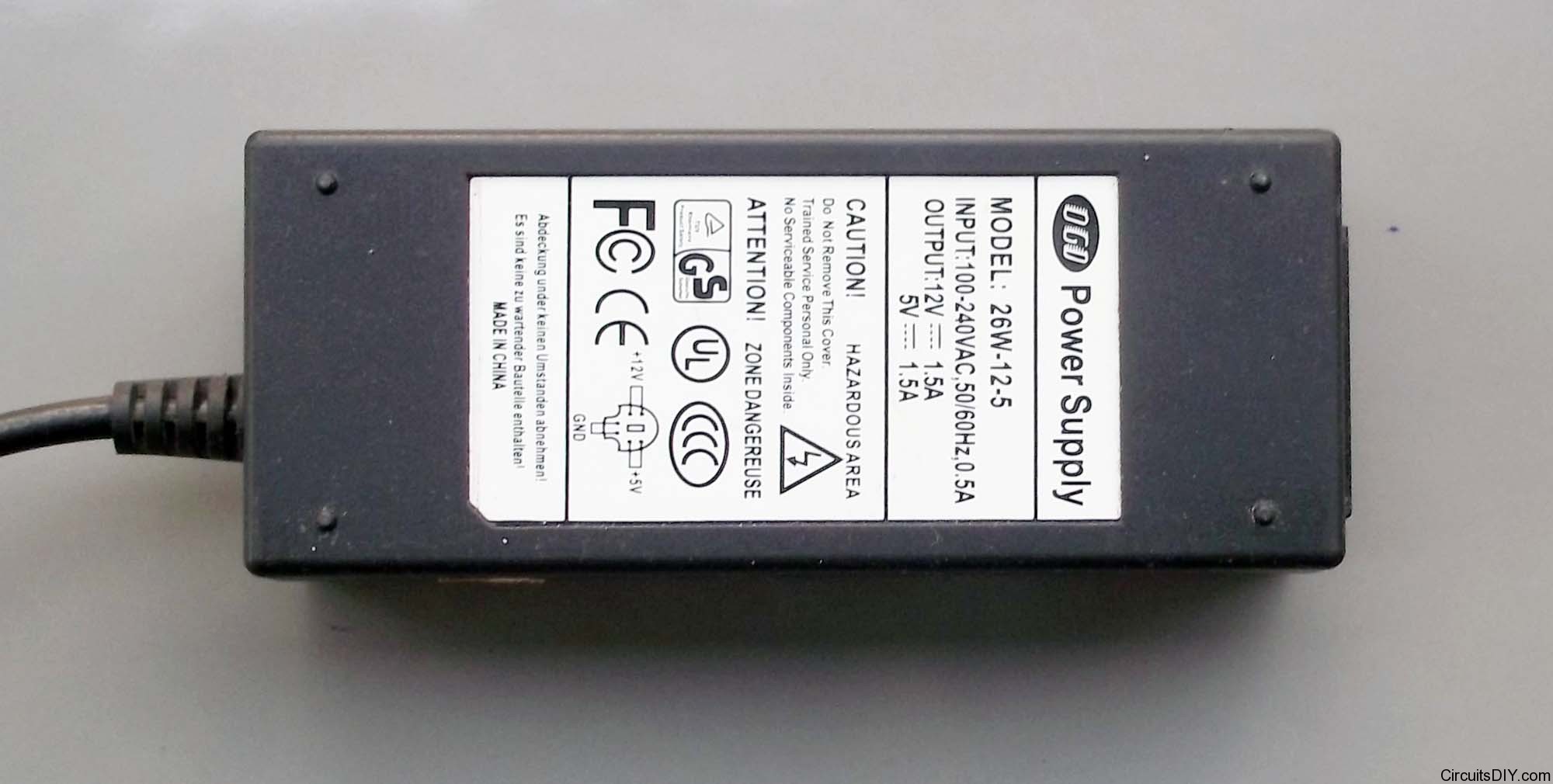
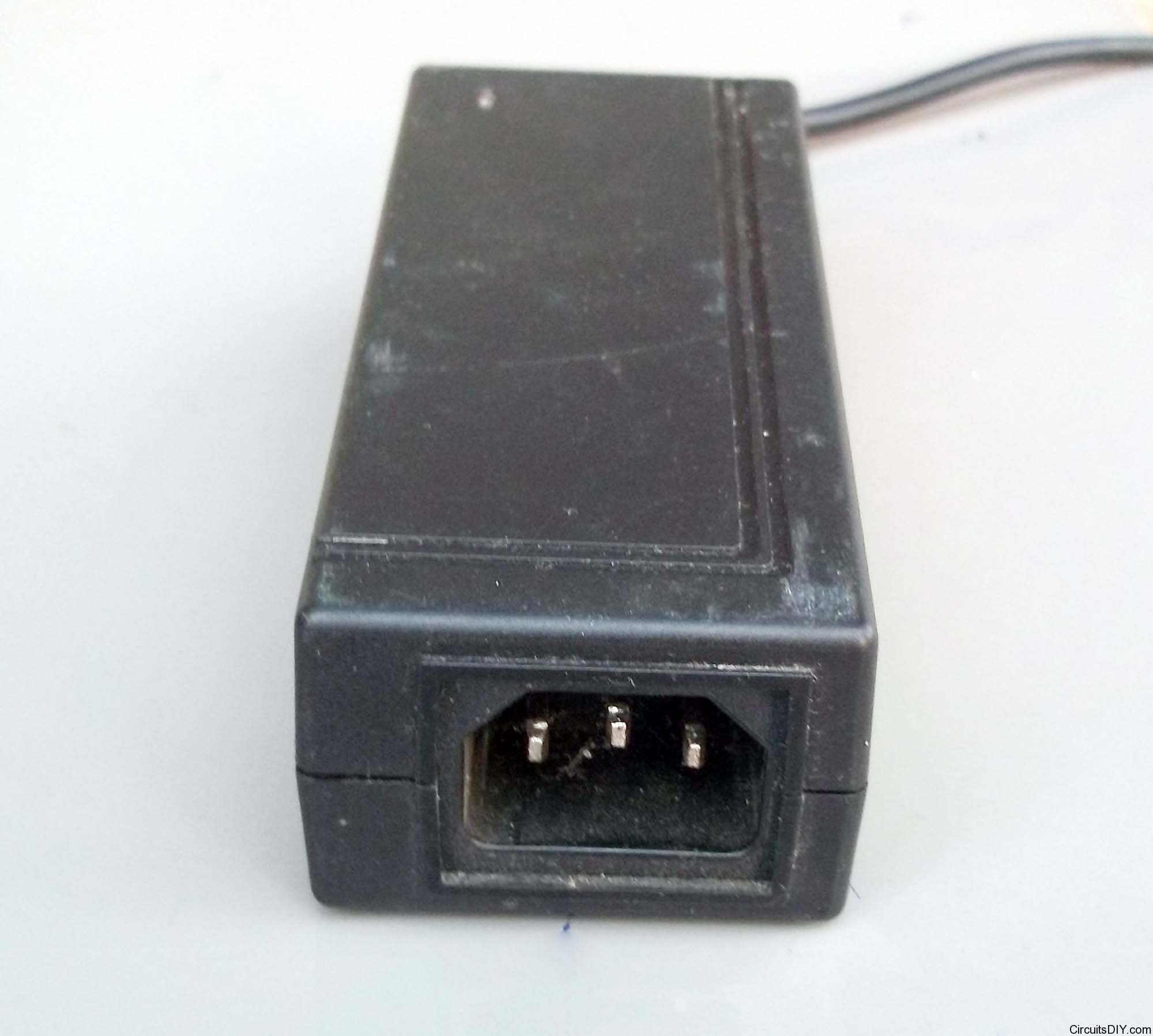
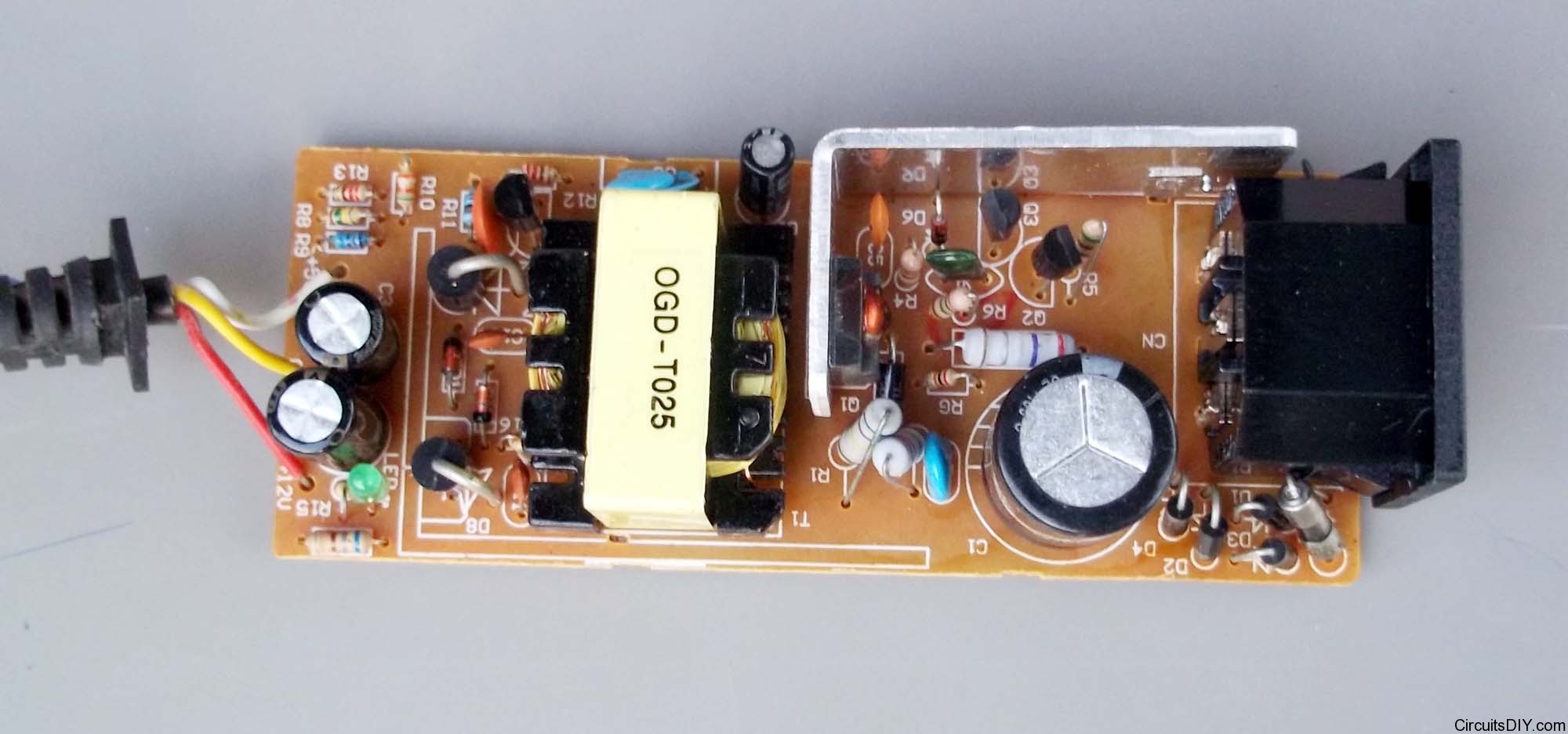
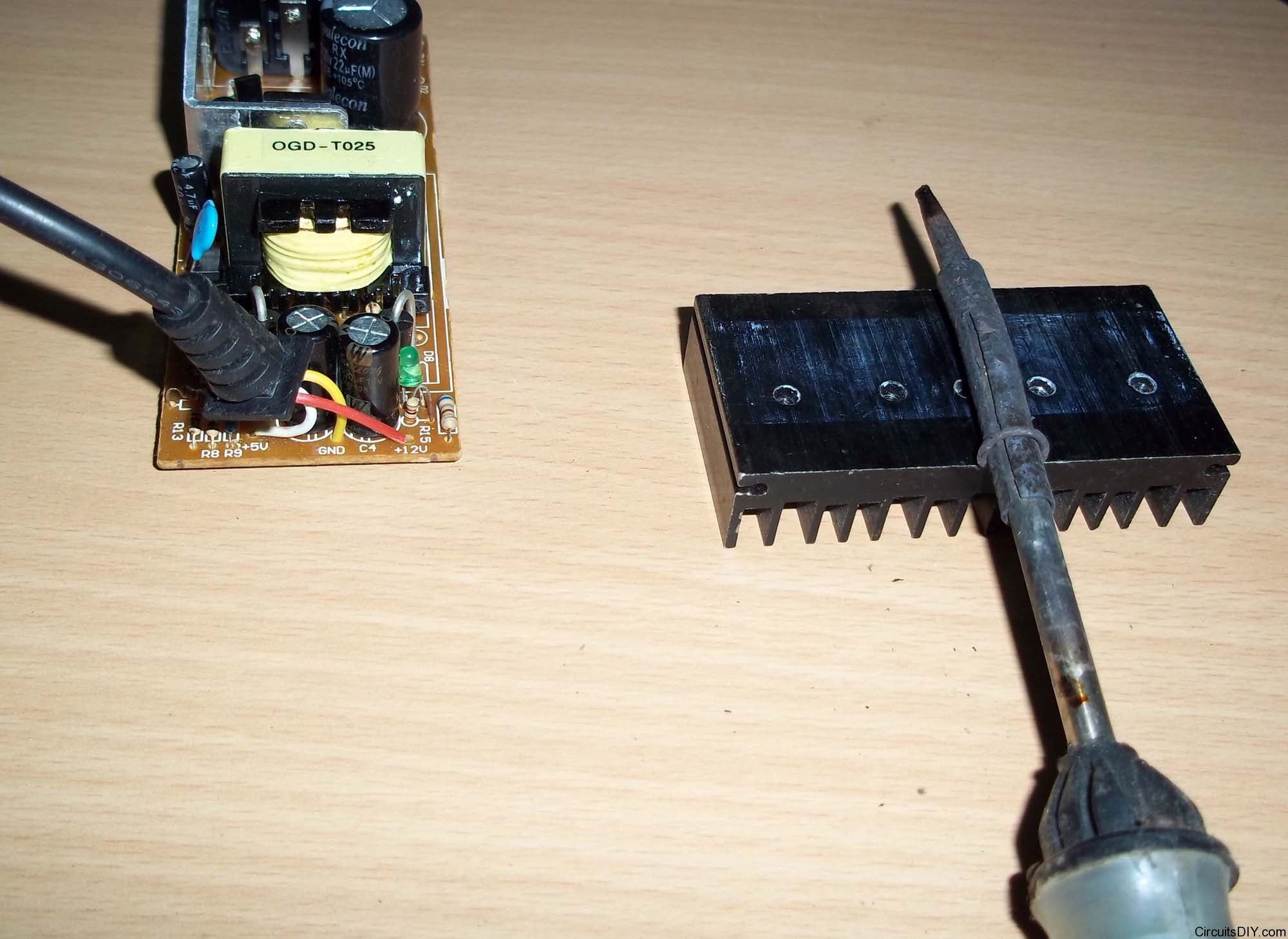
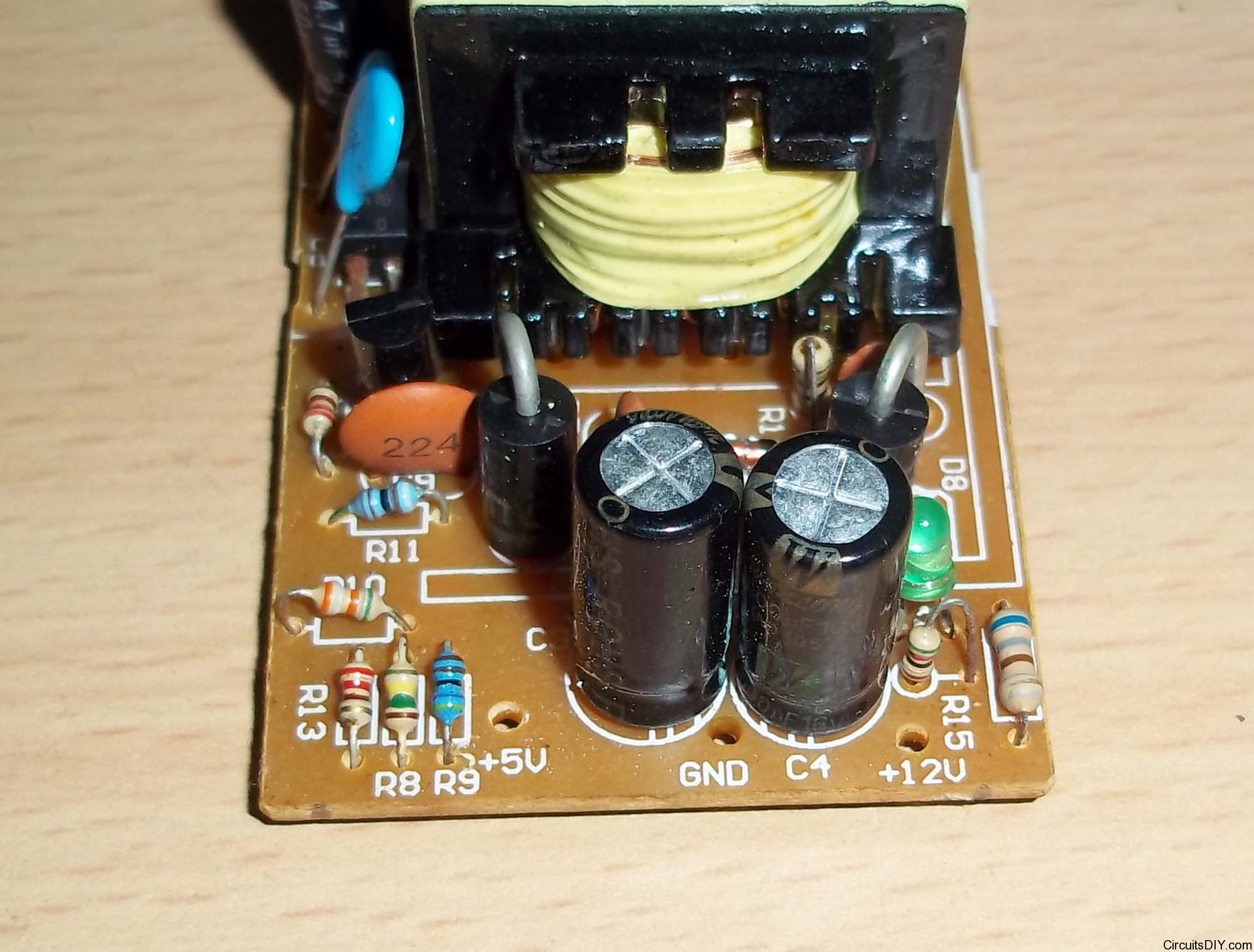
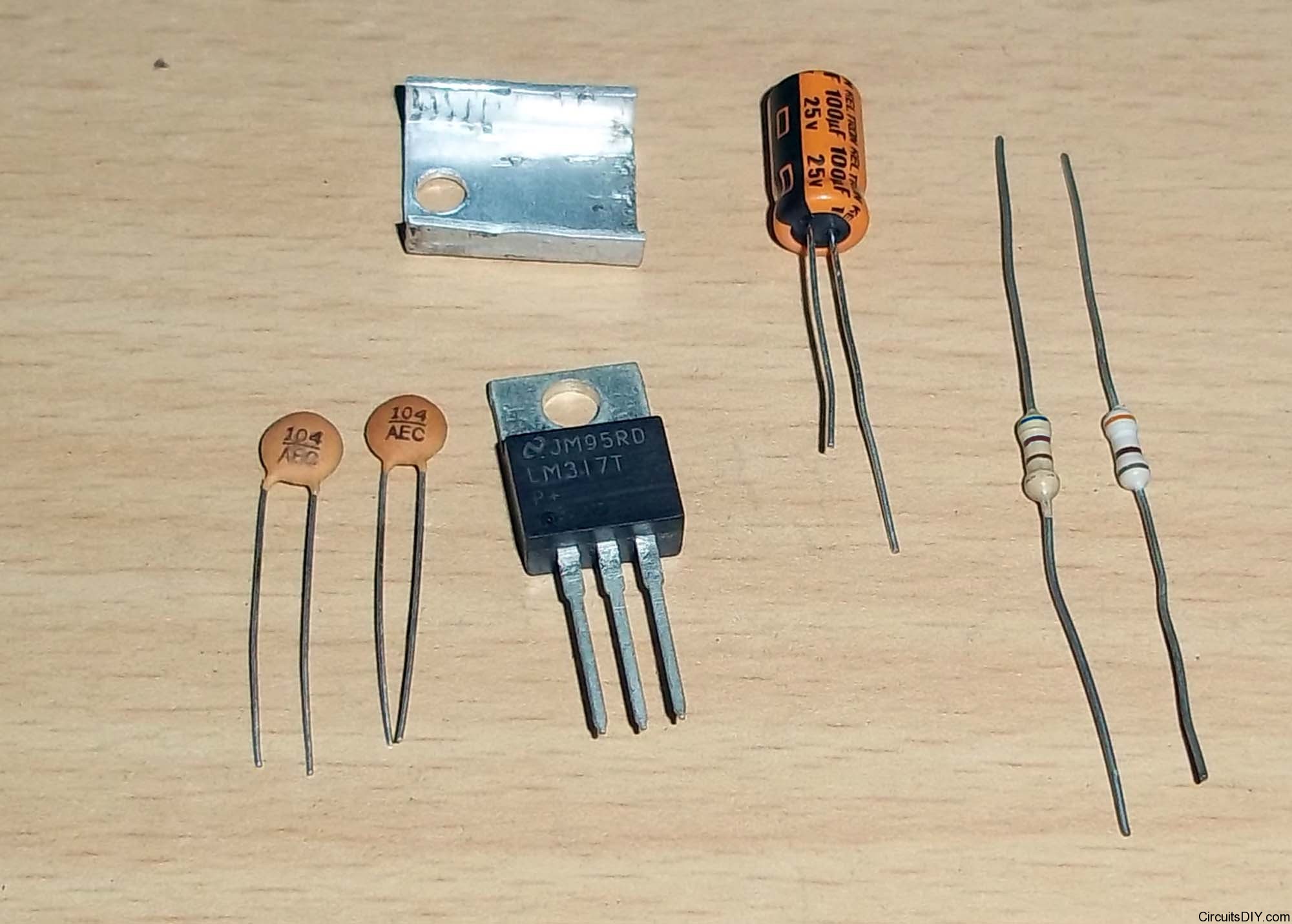
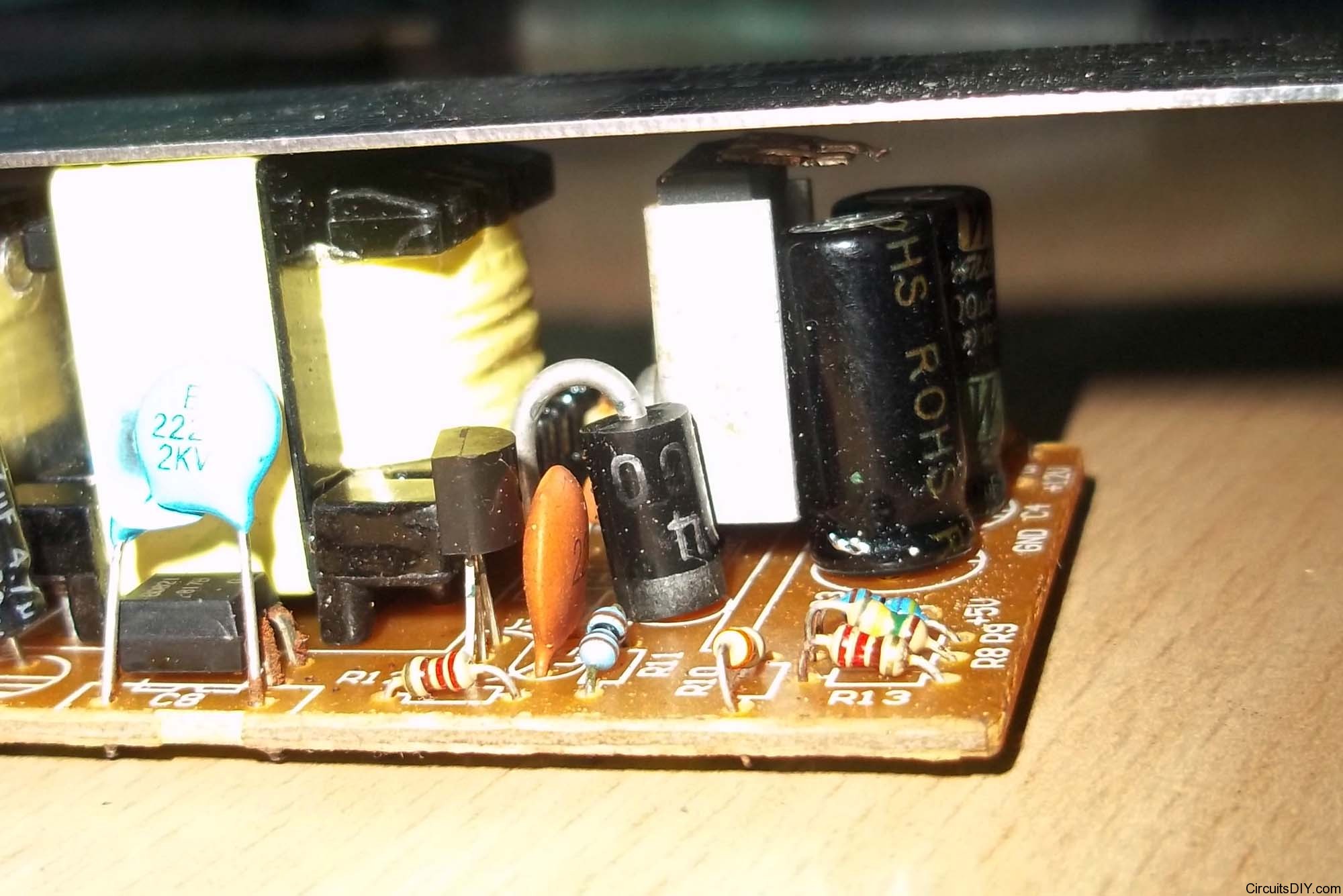
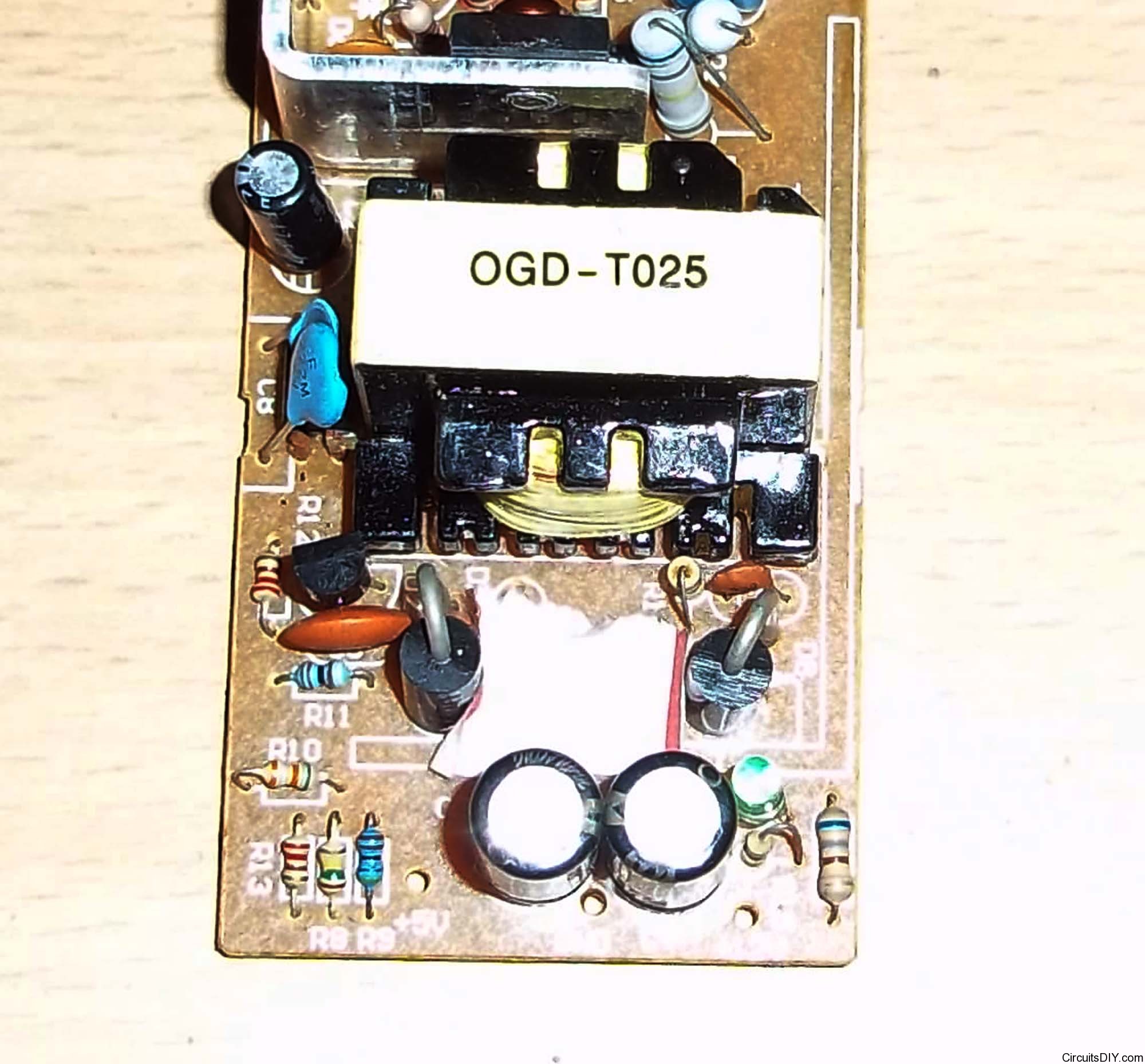
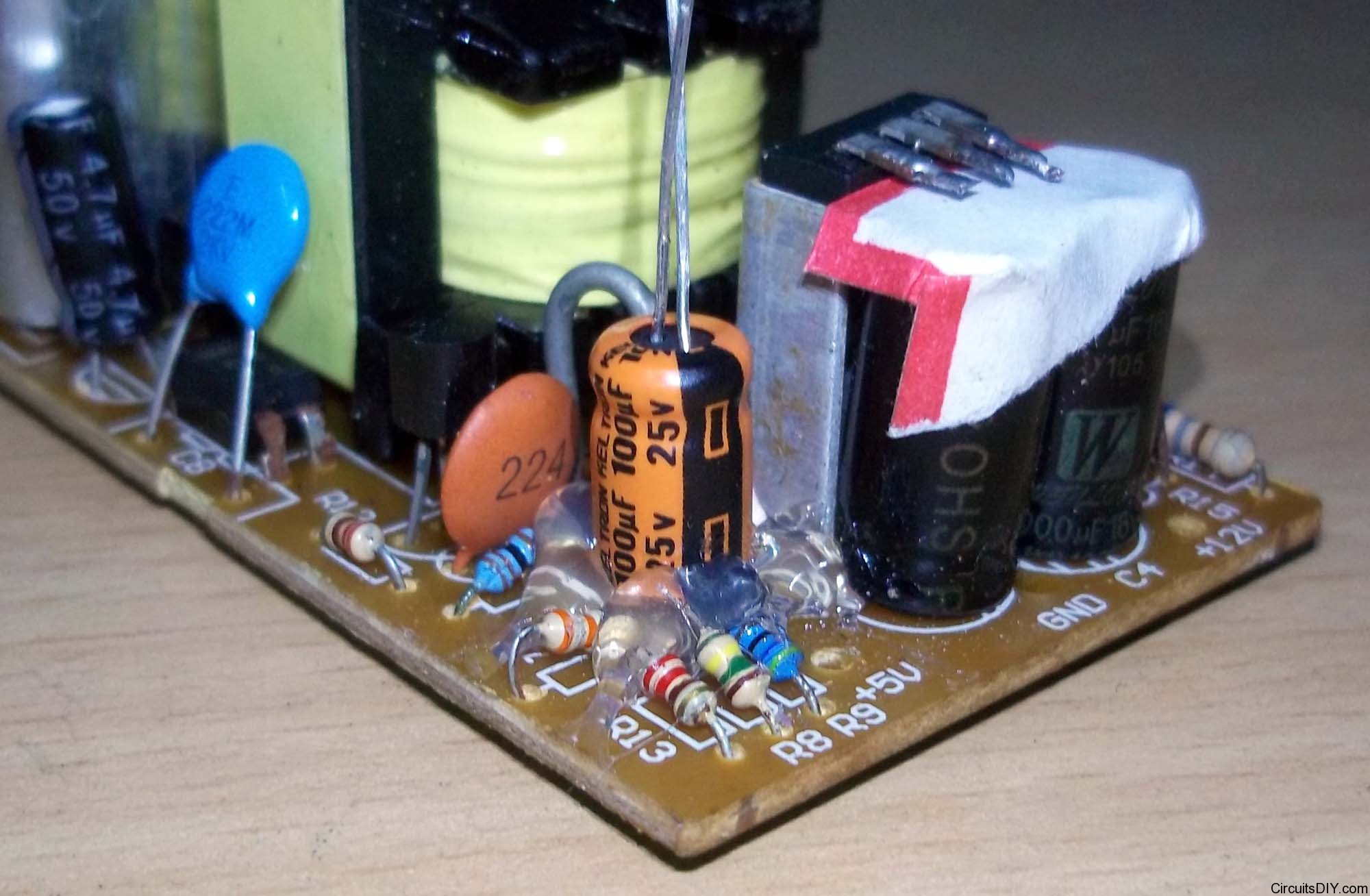
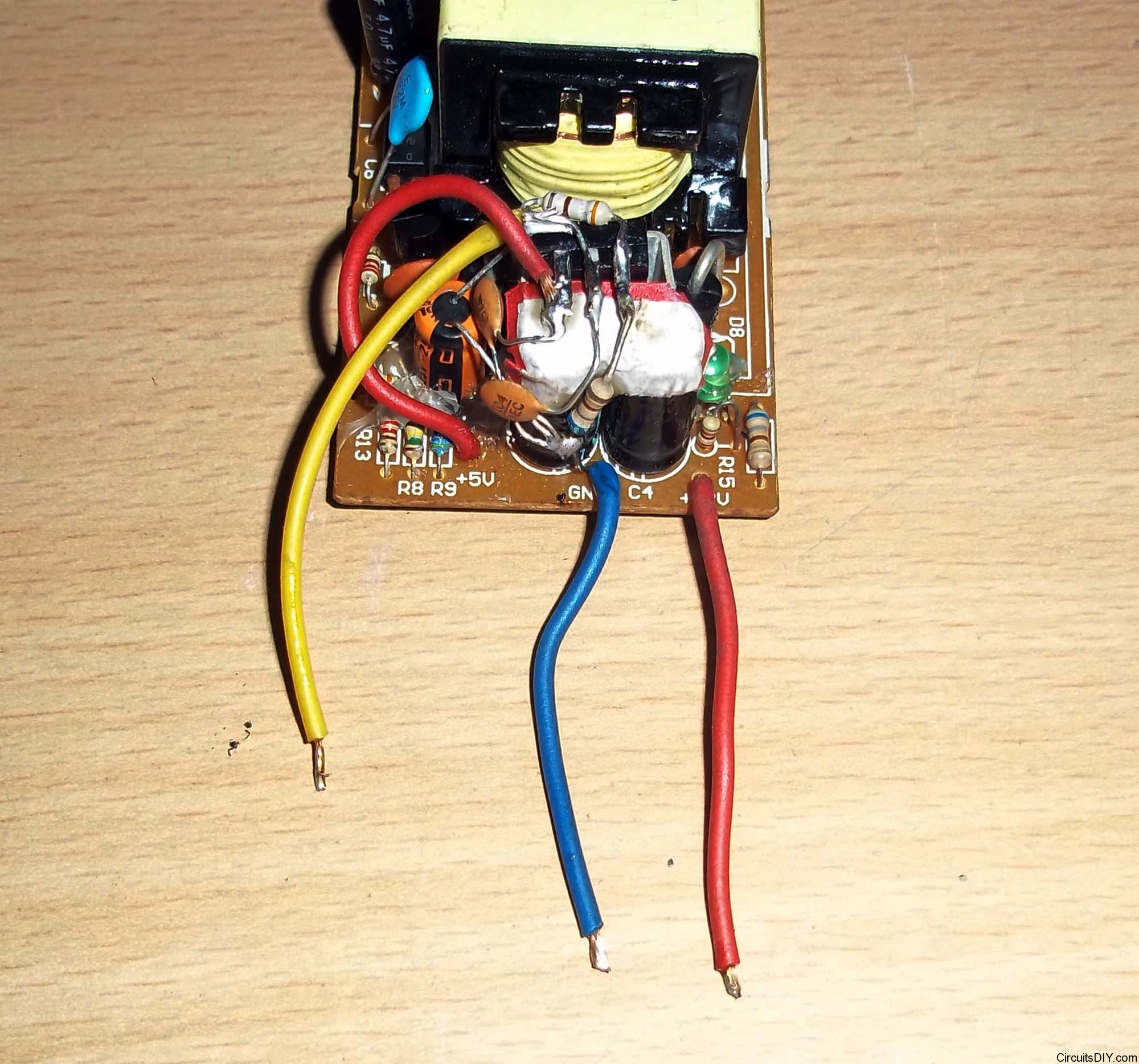
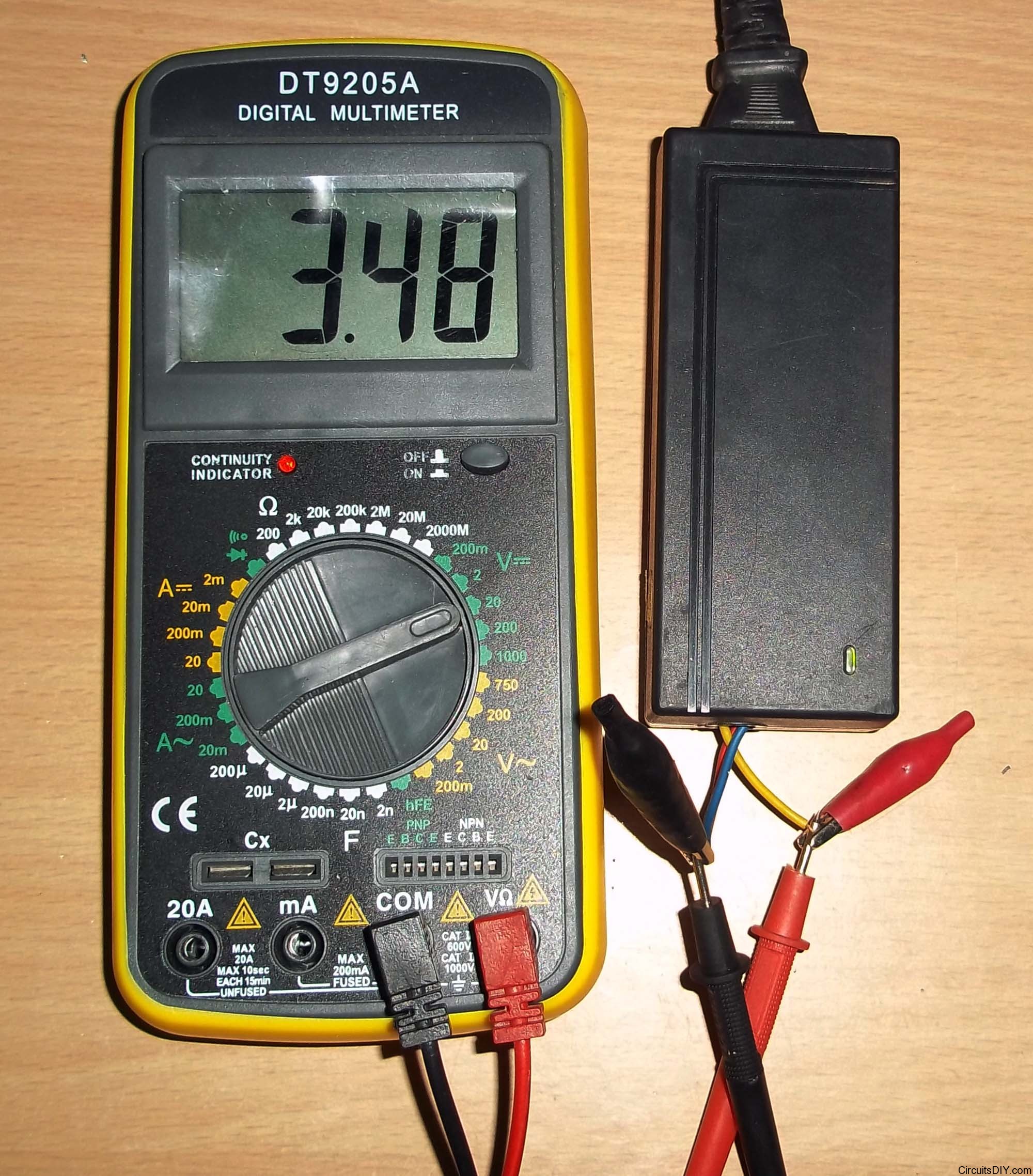
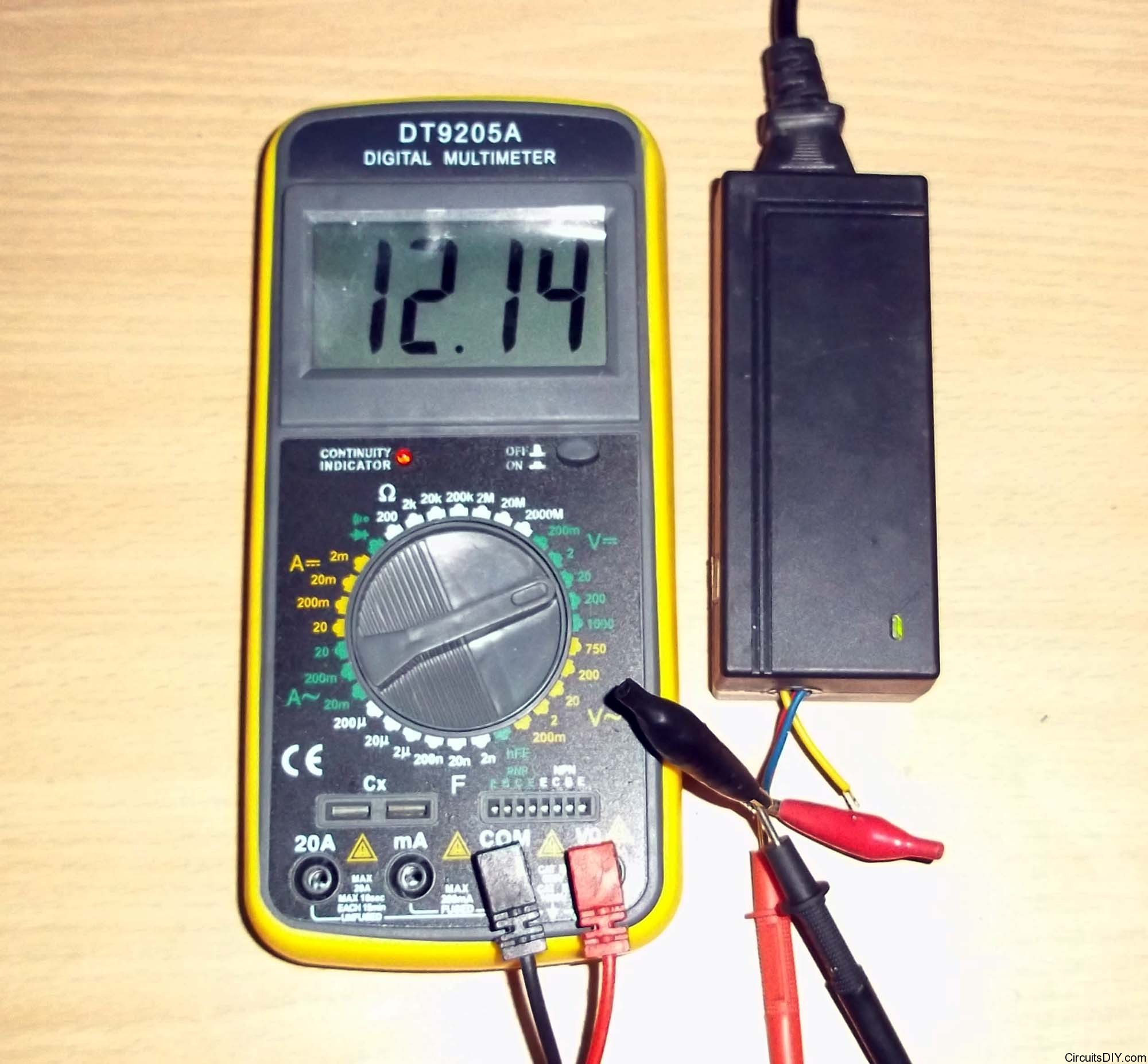
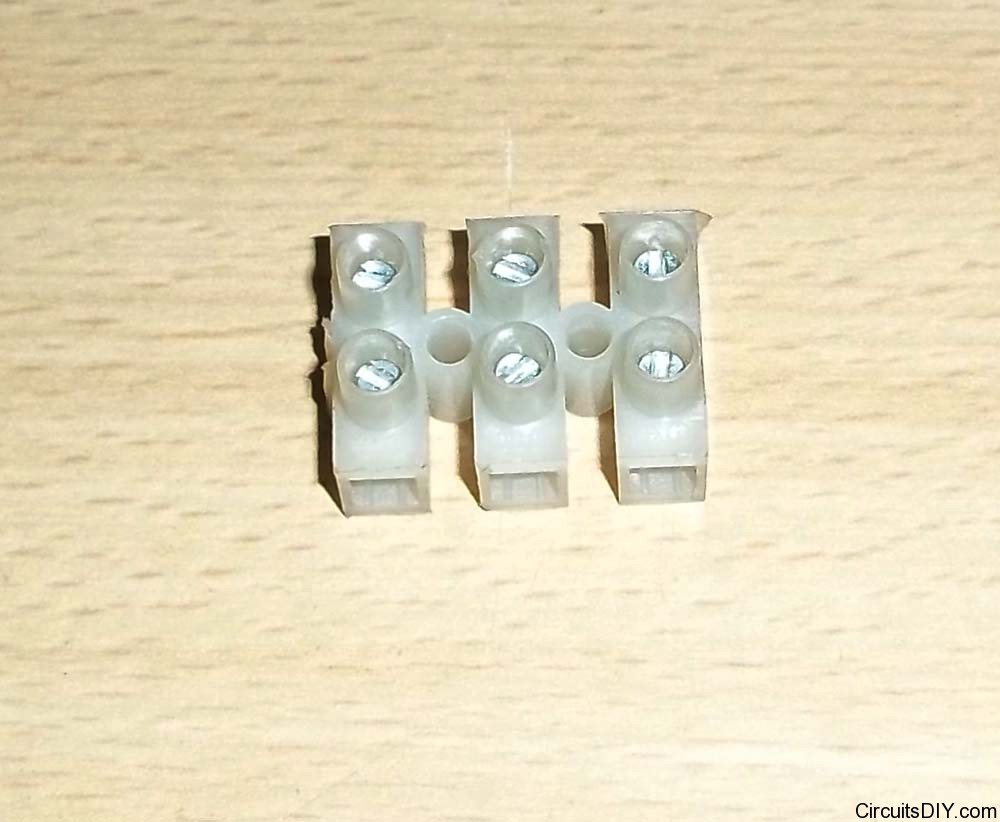
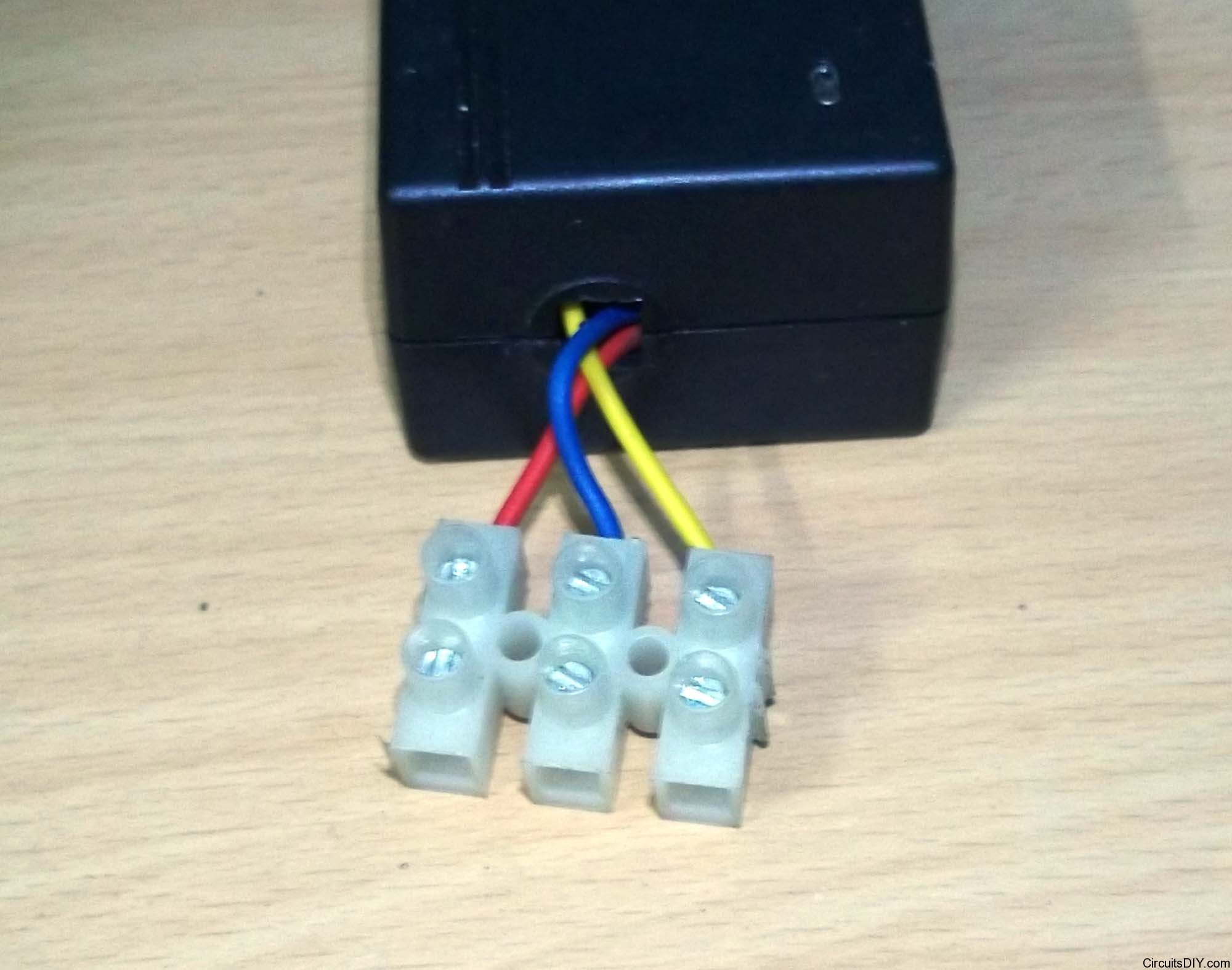
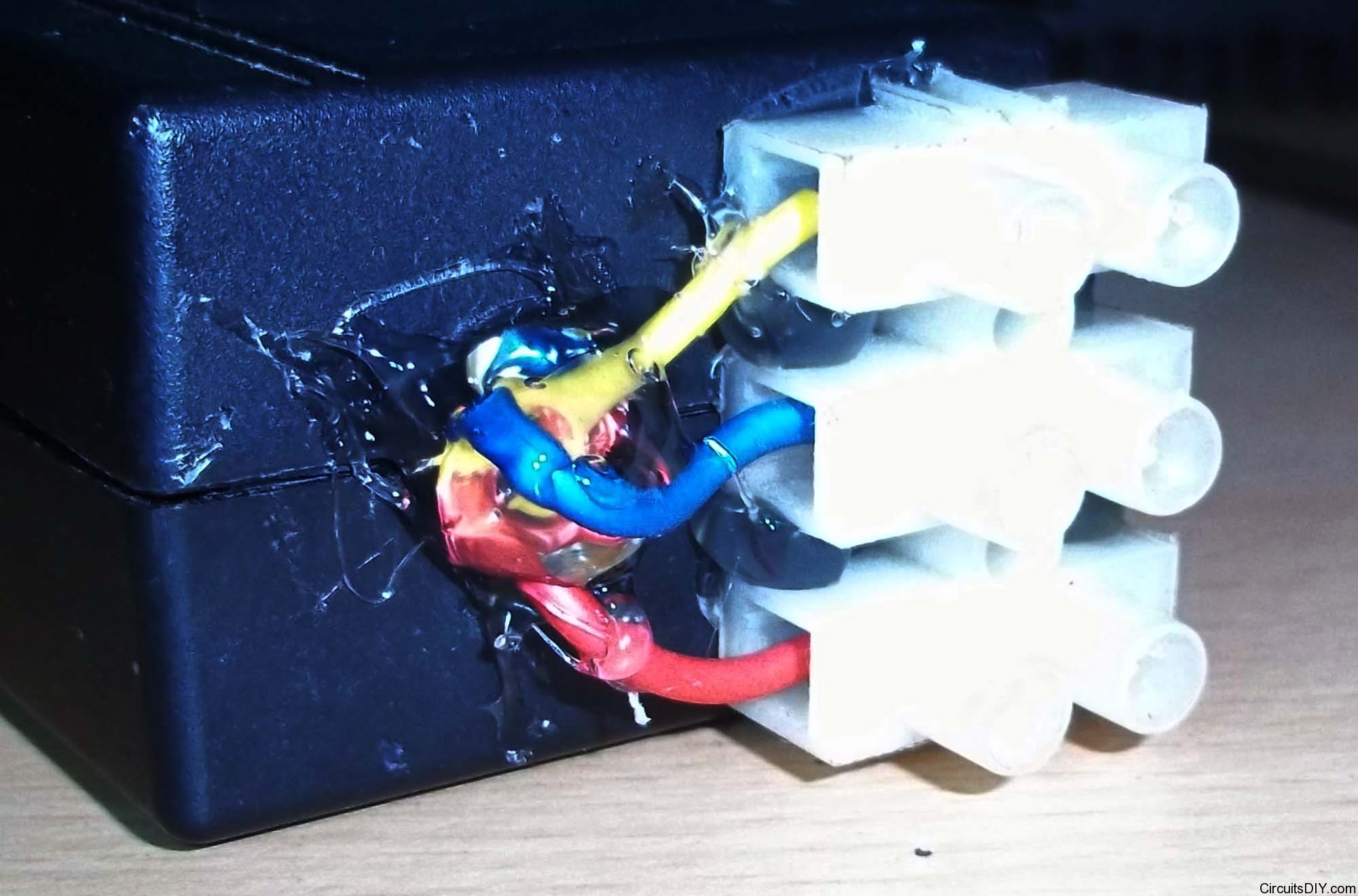

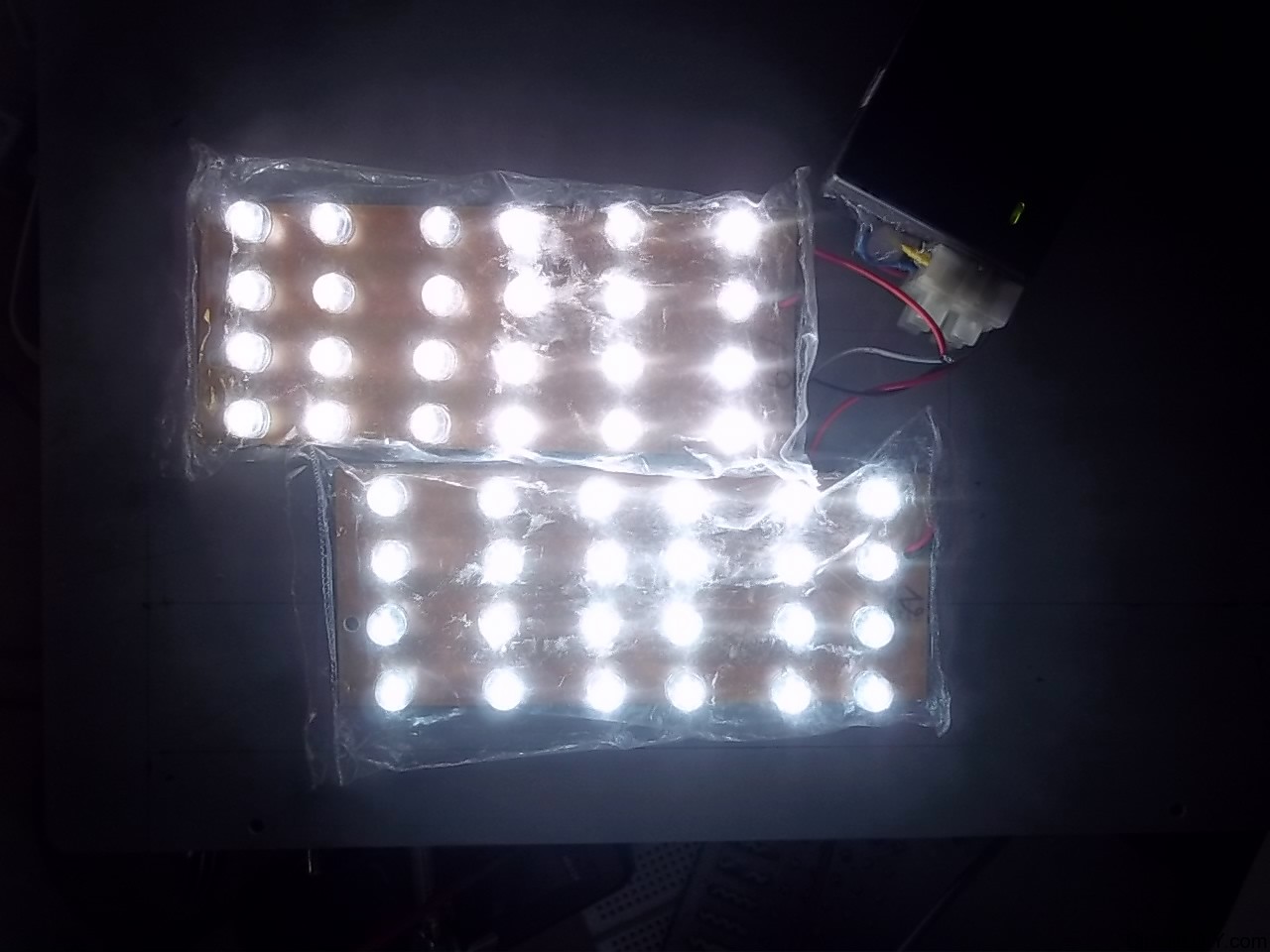
Hello,
This is one of the best sites on the Internet. The presentations are precise; to the point; and written in such a manner that the average layman with some electrical background knowldge and/or training can actually use the information.
Well Done!!!
this is very good idea but this is very costly & legnthy process,one another idea i give here for 1w,2w led driver only get one 2.2µf/400v disc capacitor parallel with 470k/1/4w resistor one side connect to 230v ac phase & another side connected to bridge rectifiers i/p point. after that 230v nutral connect to brdge rect. another i/p point.the o/p of bridge rectifier ve & -ve supply connect to your lm 317 ckt. u can blow 1 /2 high power led's.i am drawing many driver ckt's in low coast,for 1w to 8w led bulbs operating on 230v ac. ,i provide this in ckd form to any body my cont. no. is
But that way you're putting much more load in the mains line. Just think about it.
Hi Sudarshan,
Could you share the circuits you described for say 1w or lower LEDs.
Regards
Harshaa
This is very useful for me.
Glad to know.
Your information on working with hi-power LEDs is great.
I have purchased a 40 Watt RGBW LED (LED ENGIN LZC-03MD00) that I want to use for stage lighting. Can I modify a laptop AC/DC converter (15V DC @5A output) to power the LED? If so, how would i do so? The converter is from an old Toshiba laptop.
Thanks
I'm afraid it's not that easy. The RGBW dyes require different voltages as can be seen in http://www.ledengin.com/files/dist/40wLZ/LZC-00MD40.pdf . You need to make different supply voltages for each channel.
Hello Arup,
I'm glad to find this site and it is very usefull for me as a beginner in this hobby :).
Just one request, would you mind to help me make a simple driver for 10 watts high power led with constant current 900mA and 12 volt DC source? What should I prepare for this project?
Thank's a lot.
Use 14V or higher voltage supply and configure a LM317T in constant current mode in 900mA. That will be the best way to do it.
hi arup. thanx for maintaining the site. can u tell me the commercial way of developing this product.. any additional protective circuits?
The used adapter was a commercial product and thus you need no other protection circuit though you can install a fuse in the output.
hello anup
i have this SMPS...i was using this one on my external HDD.. now its dead (i think so).
the green led not glowing...can you tell me how to repair it??
Check the driving MOSFET. In most cases the MOSFET is burnt.
Hi Arup,
I am more interested automobile lightings which use 12v DC as you should be knowing, I use 1W LEDs at most of the places and is there any circuit which would drive atleast 12-15 of such 1 W LEDs at the same time? These 1W leds take some 3.2-3.4 V and 350ma. I do get driver circuits in the market but not very reliable, I would like to build myself with your guidance. Please do shower your ideas. You can also mail me with the circuit diagrams or ideas. I do use enough heat sinks for the LEDs so design in such a way they all get 350ma.
Thanks,
Rajthilak K
Hi Rajthilak,
I'm already in progress to make a cheap LED driver for 12V system which also uses 1Watt leds. I hope to end that by another week and will publish it thereafter.
Hi Arup,
Thanks for your prompt reply. I will wait for your update.
Hi Arup,
Any update on the same? I would be eager to hear that.
Thanks,
Rajthilak K
Hi Rajthilak,
Unfortunately the 1Watt LEDs (premounted on heatsink) I got have terrific V/A curves when I traced them. For each LED the load at specific voltage and brightness differs. Thus they are unsuitable for lighting them in serial. I'm working on a DC converter circuit which will make appropriate voltage for those LEDs.
Hi Arup,
Thanks for your reply, if you were able to workout something please email me the details here in this thread and I would be visiting this often to check the update.
The design is fine for the 12V led stripes but the single high power LED driver from 5V is severely flawed and won't properly drive a power LED. LED's have exponential current-voltage curves and their luminosity is directly proportional to the current passing through them. LED's should always be driven with a constant current source and with high power LED's they directly MUST be driven with a constant current source. They are rated for a certain current and driving them at constant voltage is a very bad idea because being an exponential curve a slight variation in the voltage or in the curve itself due to temperature for example will make the current trhough the diode vary by a large amount, so the LED will fail prematurely and will overheat and those things. Fortunately designing a constant current source is very easy:
http://www.helixated.com/wp-content/uploads/2008/02/ld_driver_schematic.JPG
That driver will properly drive a power LED or a laser diode with a constant current calculated as 1,25/R amperes (in this circuit R = 4ohm + the value of the potentiometer).
Unfortunately LM317 requires higher than 5V to work in that way for typical LED's, but another simple regulator with lower voltage drop and what is more important lower reference voltage (1.25v for LM317) would do the job.
Yeah, CC is good for LED driving but has come drawbacks also, like you cannot change LEDs to smaller wattage ones or bigger ones. Also you cannot leave the output disconnected. In CV mode, you are free from all these concerns.
Nope, CC driving is the one and only way high power LEDS should be driven, period. You can easily make an adjustable CC supply and switch to whatever LED you want (within specs of the source) and just set the driver to the desired point for that particular LED, or have some switches with preset currents for common LED's. In fact CV driving is the limiting way.
CV driving is just a fancy way to prematurely kill poor LED's which didn't deserve such a torture.
HI ARUP,
RECENTLY I SAW THIS ARTICLE ABOUT "Cheapest High power LED driver circuit diagram"........ iT WAS INTRESTING FOR ME AS I WAS PLANNING TO BUILD AN LED HEADLIGHT FOR MY 12VDC POWERED YAMAHA RX BIKE... CAN YOU PLEASE ADVIDE ME IF THAT DIAGRAM SHOWN IS SUFFICENT ? I THINK WITH ONE 1W LED, I WONT GET PROPER BRIGHTNESS. I'M PLANNING FOR MINIMUM 3 HIGH POWER LEDS.... PLEASE ADVICE ME ABOUT THE DRIVER ....
MY DOUBT :- IF I USE THREE 1W LED'S , WILL IT TAKE TOO MUCH VOLTAGE ?
PLZ GIVE ME AN ADVICE....
AWAITING YOUR REPLY
Hi Arup,
Need your help in building a circuit for the following description, please do help.
Suppose I have 10 LED strips of say 1ft each stacked parallely and would like to make them glow one by one something like the scanner light which starts from one strip and goes till the end of last strip and again return back to the first.
Thanks in Advance,
Rajthilak K
Hi Arup!
I want to build a lamp of 12 LEDs (3.5 v) of 1watt operated with 12 volt 10 AH battery..can i joint three leds in series to connect the 12 v battery directly without any resistance ? Please give me direction
thanks in advance
I want a driver circuit to drive 8 nos of 3volts 1/2watts current rating 100ma leds connected in parallel. Source is a 12 volt vehicle battery